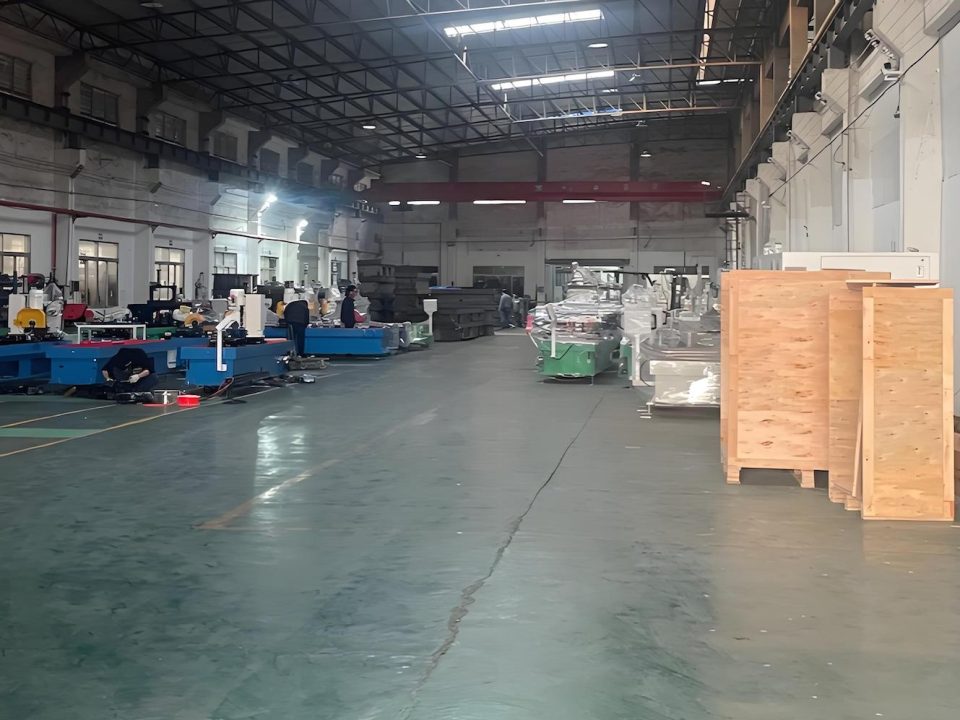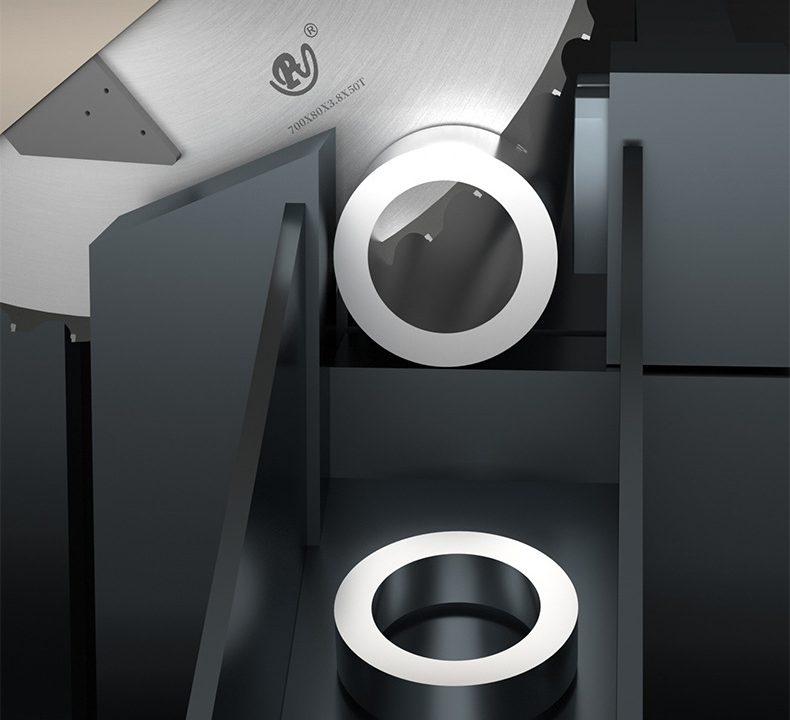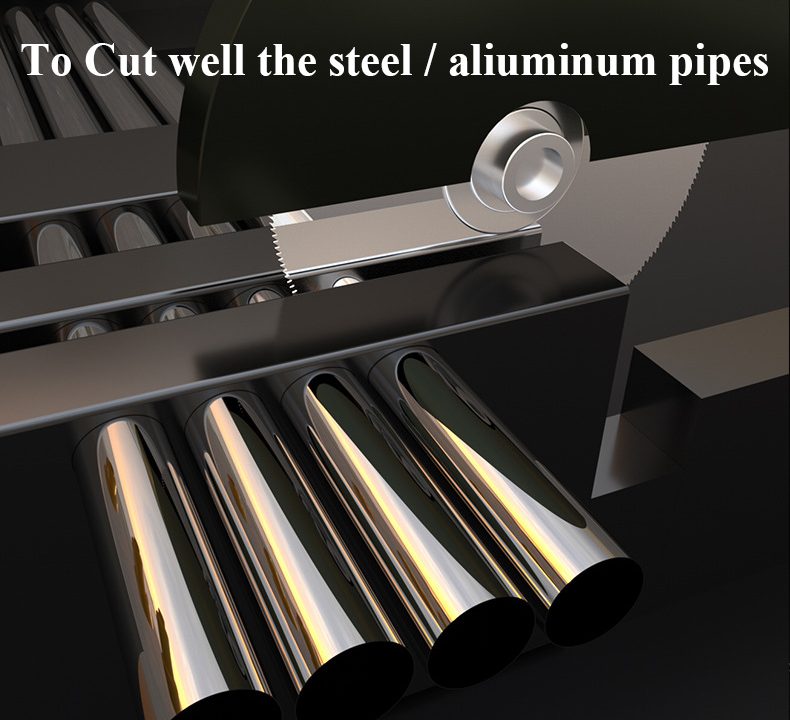How to Grind Alloy Saw Blades at Higher Efficiency and Lower Cost? With smart auto saw blades grinding machines….
Grinding alloy saw blades with smart machines at higher efficiency and lower cost involves a combination of selecting the right equipment, optimizing processes, implementing automation, and maintaining rigorous quality control. Here are several strategies to achieve this:
1. Choose the Right Equipment
- Specialized CNC Grinders: Invest in Computer Numerical Control (CNC) grinders designed specifically for grinding alloy saw blades. These machines can offer precise control over the grinding process, reducing material waste and improving blade quality.
- Multi-Axis Machines: Utilize multi-axis grinding machines that can handle complex geometries and angles in one setup, minimizing the need for repositioning and reducing cycle times.
- High-Frequency Motors: Use machines equipped with high-frequency motors for faster spindle speeds, which can lead to more efficient material removal and better surface finishes.

2. Optimize Grinding Processes
- Process Simulation Software: Employ simulation software to model the grinding process before actual production. This can help identify potential issues and optimize parameters such as feed rates, depth of cut, and spindle speed.
- Coolant Systems: Implement advanced coolant systems that deliver coolant directly to the grinding zone, reducing heat generation and extending tool life. Coolants also improve surface finish and reduce the risk of thermal damage to the blade.
- Dressers and Dressing Strategies: Use automated dressers to maintain the shape and sharpness of grinding wheels. Optimal dressing can minimize wheel wear and ensure consistent cutting performance.
3. Implement Automation and Smart Technologies
- Robotic Integration: Integrate robotic arms for loading/unloading blades, changing tools, and handling parts. Automation can increase throughput and reduce labor costs.
- Machine Learning Algorithms: Apply machine learning algorithms to monitor and adjust grinding parameters in real time. Predictive analytics can help anticipate wear and tear, allowing for timely maintenance and avoiding costly breakdowns.
- Sensors and IoT: Equip machines with sensors and connect them via the Internet of Things (IoT) to collect data on performance metrics. Real-time monitoring enables proactive maintenance and optimization of grinding operations.
4. Material Selection and Preparation
- Blade Material: Select high-quality alloy materials that are optimized for grindability and durability. Proper material selection can reduce the effort required during the grinding process.
- Pre-Treatment: Consider pre-treating blades to reduce hardness or stress before grinding. This can make the grinding process easier and more efficient.
5. Maintain Rigorous Quality Control
- Inspection Systems: Use automated inspection systems integrated into the production line to check for defects after grinding. Quick feedback loops can correct issues early, saving time and resources.
- Standardization: Establish and adhere to strict quality standards for both the finished products and the grinding process itself. Consistent quality reduces the likelihood of rejects and rework.
6. Training and Skill Development
- Operator Training: Provide thorough training for operators on the use of smart machines and best practices for grinding. Skilled operators can significantly impact the efficiency and effectiveness of the process.
- Continuous Improvement: Encourage a culture of continuous improvement where employees contribute ideas for enhancing the grinding process. Regularly review and update procedures based on new technologies and insights.
7. Energy Efficiency
- Power Management: Optimize power usage by ensuring machines operate efficiently and turn off when not in use. Energy-efficient practices can lower operational costs over time.
- Green Technologies: Explore eco-friendly grinding technologies and materials that reduce environmental impact while potentially lowering costs associated with waste disposal and energy consumption.
By adopting these strategies, manufacturers can enhance the efficiency and cost-effectiveness of grinding alloy saw blades using smart machines. The key is to leverage technology, optimize processes, and maintain a focus on quality and innovation. As smart manufacturing continues to evolve, staying abreast of new developments will be crucial for achieving long-term success in this competitive industry.






